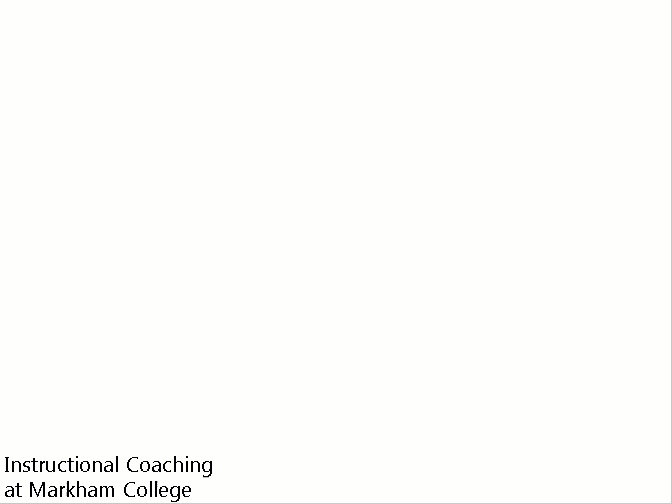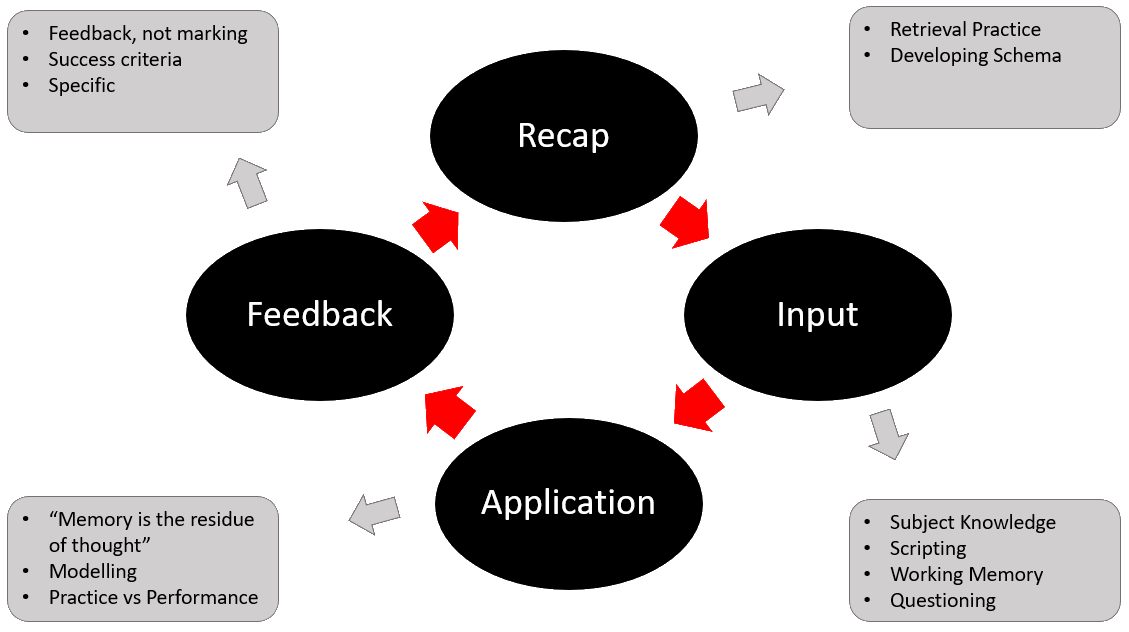I feel like I am in the routine of teaching online now, after 8 weeks. It is not ideal, and I would rather be in the classroom, but given the situation I think I have found my flow. There are still some things I need to focus on improving:
- Involving all students in the lesson. Some students don't really engage by asking questions so Cold Calling is even more important in this situation. All students must be participating for me to hear their voice.
- Smaller tasks. Especially with the younger students, some are struggling with the longer periods of individual work, and are drifting off task. I think it would be better to break them down and do a couple of questions, then feedback with the whole class. Normally I would wander round and talk with those students individually, but that can't happen now.
- Explore Desmos. Many people have mentioned how good the teacher dashboard is in desmos. Whilst I have used it for the premade activities, I have never made one of my own, so that is the next step.
I have been thinking a lot about the key skills of my students, especially those I am teaching in the IB AA Standard Level course this year. I have started to put together a generator with these key skills at different levels, which I can use as a starter, to create worksheets, or at this time, get students to use it independently to keep overlearning these key skills so they can do them fluently.
A full post will come on this once I have finished reading the whole thing, but as I get close to finishing Chapter 1 (which could be a full book in its own right), I have already been struck by the amount of thought that Craig has put into this process.
I am planning to ask my HOD to bring the Estimated Means sequence of questions to a departmental Zoom meeting soon so we can all do them and discuss the benefits of these kinds of connections.
The structure of Reflect (what has changed), Expect (what do you expect to happen), Check (do the algorithm to see if your expectation was correct), Explain (can you explain the relationship) is a really helpful way to think about mathematical thinking. This is the behaviour we go through when answering questions, so we need to explicitly teach our students this behaviour too.
I am excited to try some elements of this out in the next few weeks.
There is soooooo much CPD available at the moment. Seneca Learn courses. ResearchEd Home videos. The usual blogs and articles. Books piling up. Complete Maths webinars. Inner Drive Academy. And with a 2 year old at home and teaching a full timetable via Zoom, I am not managing to get much done (other than slowly working my way through books). Keeping track of all the opportunities is difficult, and I want to do them all, but I just need to file them and come back to them when I have the time.
We launched our new instructional coaching programme in February this year. 3 weeks later, the whole of Peru went into lockdown, and coaching hit the backburner as we all got our head around teaching from home. But now I am trying to restart the programme in some way. It is difficult to get people on board when you can't go and speak to them directly about the possibility of being coached. I am relying on people letting me know when I keep mentioning it.
But whilst I am waiting for somebody to coach, I have made a start on putting together an instructional playbook (as Jim Knight calls it). This is the set of instructional strategies that the coaches become experts in so they can share them with teachers. I will be pulling on three books to bring it together: High Impact Instruction by Jim Knight; Teach Like a Champion 2.0 by Doug Lemov; Teaching WalkThrus by Tom Sherrington and Oliver Caviglioli.
But before pulling the actual strategies together, I have started by thinking about how I want to break them into groups. Each of these books does this, and I thought hard about our context and what groupings would work for us. I came up with this model, which also fits with our Principles of Great Teaching.



 RSS Feed
RSS Feed
